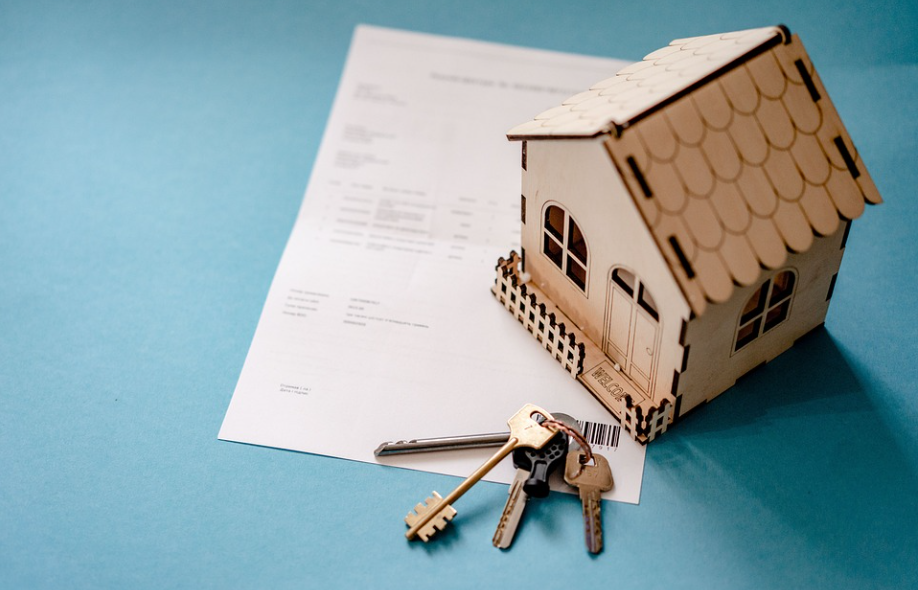Your Guide to Multiple Types of Mortgage Refinancing Options

There are many reasons why you should refinance your mortgage. Maybe interest rates have gone down, and you want to take advantage of the lower rate. Or perhaps you need to switch from a variable-rate mortgage to a fixed-rate mortgage to stabilize your monthly payments. Whatever the reason, once you decide to refinance your mortgage, you’ll see some refinancing options available. Now you may be wondering which refinancing option works for you. Well, keep reading. We’ll explore the different types of refinancing and help you determine which option is best for you.
Cash-In Refinance
 With a cash-in refinance, you’ll refinance your mortgage for higher than what you currently owe. You’ll get the difference in cash. You can use this cash to make home improvements or pay off other debts, such as a car loan. A cash-in refinance will usually have a lower interest rate than a home equity loan or line of credit. But keep in mind that if you have a low credit score, this refinance may not be an option for you.
With a cash-in refinance, you’ll refinance your mortgage for higher than what you currently owe. You’ll get the difference in cash. You can use this cash to make home improvements or pay off other debts, such as a car loan. A cash-in refinance will usually have a lower interest rate than a home equity loan or line of credit. But keep in mind that if you have a low credit score, this refinance may not be an option for you.
Rate and Term Refinance
The next type of mortgage refinance option you have is a rate and term refinance. As the name suggests, with this refinance, you’ll just get a new loan with a lower interest rate. The terms of your loan, such as the length of the loan, will stay the same. This is different from a cash-out refinance, where you get a lower interest rate and take some of the equity out of your home in cash. A rate and term refinance is a good option if you want to lower your monthly payments or reduce expenses on interest over your loan life.
VA Streamline Refinance
Did you know that as a veteran, you may be eligible for a VA streamline refinance? Also called an IRRL or Interest Rate Reduction Loan, a VA streamlined refinance gives you a lower interest rate with little or no documentation. If you currently have a VA loan and your interest rate is higher than the current market rate, then a VA streamline refinance may be a good option.
Short Refinance
 Some homeowners are upside down on their mortgages, which means they owe more than the value of their homes. If you’re in this situation, you can do a short refinance. With a short refinance, your lender agrees to forgive some of the debt you owe. In exchange, you’ll get a new loan with more favorable terms, such as a lower interest rate or a longer repayment period.
Some homeowners are upside down on their mortgages, which means they owe more than the value of their homes. If you’re in this situation, you can do a short refinance. With a short refinance, your lender agrees to forgive some of the debt you owe. In exchange, you’ll get a new loan with more favorable terms, such as a lower interest rate or a longer repayment period.
Remember that a short refinance will usually require you to have good credit and enough equity in your home. Now that you know about the different mortgage refinancing options available, it’s time to decide which one is best for you. When refinancing, consider several factors, including your current financial situation, your goals for refinancing, and the current loan type. Be sure to compare different offers from different lenders before making a decision.…
